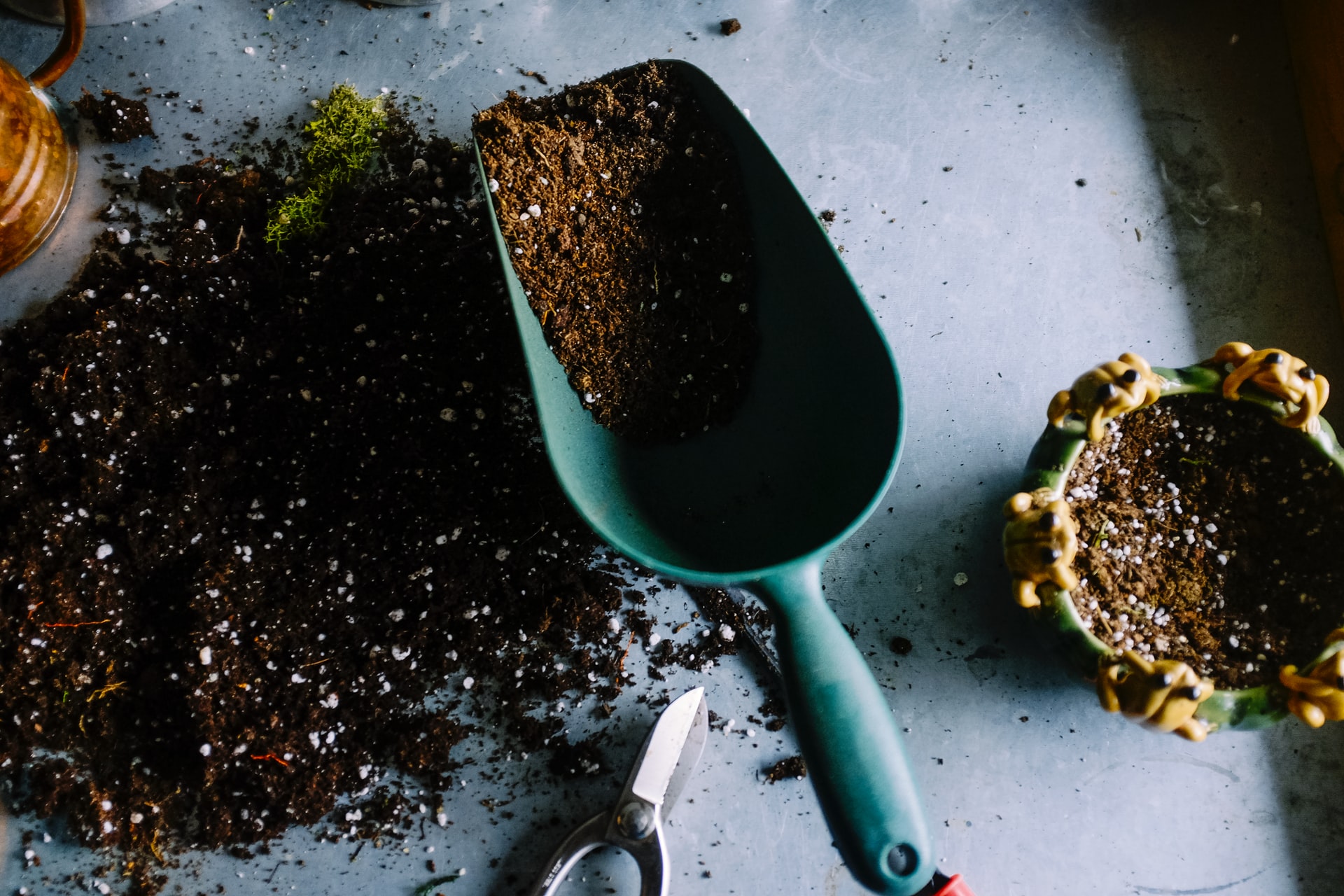Starting a garden isn’t as difficult as you think. If you’re interested to make your own garden but not sure how then you’re in the right place.
I believe that everyone who wants to start gardening should commit to it. Considering the positive effects of gardening on the mental health of people doing it. Even health professionals are recommending everyone to have their own garden.
Pick a location
Location is important for your garden. Depending on what types of flowers or plants you like, most of them need full sun. At least five hours of sunlight per day, and we’re talking about direct sunlight here. Others such as herbs, greens, and root veggies can grow in partial shade with no problems.
Next, you must know other factors that could affect your garden: wildlife, children, and pets. If you live in an area where wildlife is striving, put extra security to keep them away. Pets and children should be taught to not walk all over the garden.
Also, if your garden is a bit far away from your house, it’ll obviously be more difficult to take care of it. Not uncommon for people to give up and neglect their garden because they can’t be bothered to walk.
Decide on what you want to grow
First, you should decide whether you want to eat a crop or not. If not, don’t grow vegetables in your garden. Some people make exceptions for edible flowers since they look pretty.
Otherwise, fruits, vegetables, and herbs are the most common ones. If your family loves certain fruits, you should grow them in your garden. But depending on where you live, you might not be able to grow certain crops. Feel free to consult other gardeners in your area to find out which crops are best for your garden.
You don’t have to stick to one type of crop or flower. Mixing everything in your garden is great for your garden so you can learn how to grow them all. Don’t go overboard, you don’t want to overwhelm yourself. Start small and keep learning.
Time to do some cleaning
The ground needs some preparation before you can use it. Get rid of sod in the area you want to use. You can slice under the sod using a spade and put it on your compost pile and let it decompose.
If your area is dry, sunken beds would be more effective than raised beds. But raised beds make it easier for you to work in your garden.
Make garden beds
Now, your beds should be in blocks with 3 to 4 feet across or at least less than 10 feet. The point is to arrange the beds so you can easily reach the center.
Place your plants in rows inside the garden beds. This arrangement is to help you maximize the space you have for growing the plants. Walkways should be small enough to allow walk-in between growing space. Now add fertilizer and soil amendments to the growing area.
Again, you should start small. It’s easy to underestimate how much space your plants need to grow. If you plant too many crops, you might run out of space later on.
Start planting
Let’s talk more about the types of crops you can plant. Kale and pansies can grow in cold temperatures, perfect for autumn or late winter. Most annual flowers like marigold and geranium prefer warm temperatures, the same as tomatoes.
Read the seed packets for information about depth, spacing, and planting time. The information should help you get started. Lettuce and sunflowers are good for beginners since they can grow easily from seed directly in the garden.
Another solution is buying young plants. Again, read the instructions first before you start planting. Dig holes in your beds, remove the plants you bought from the container and set them into the holes. Put soil into the holes to secure the plants then you water them.
Watering the right way
Seedlings are sensitive and shouldn’t be left too long without water. You must water them daily. As the plants grow bigger you can water them less.
Transplants are the same, as they need a lot of water. Water them daily until the roots become established.
Going forward, you need to water your crops depending on the soil, rain, and humidity. Ideally, you water your garden once a week.
Protect your garden
Congratulations, now you have your own garden. Now you must protect it so your crops can grow without problems. You can learn as you go and keep improving your garden.
Maintaining a garden is all about patience and care. It’s a good idea to keep everyone in the house involved with the process too.




